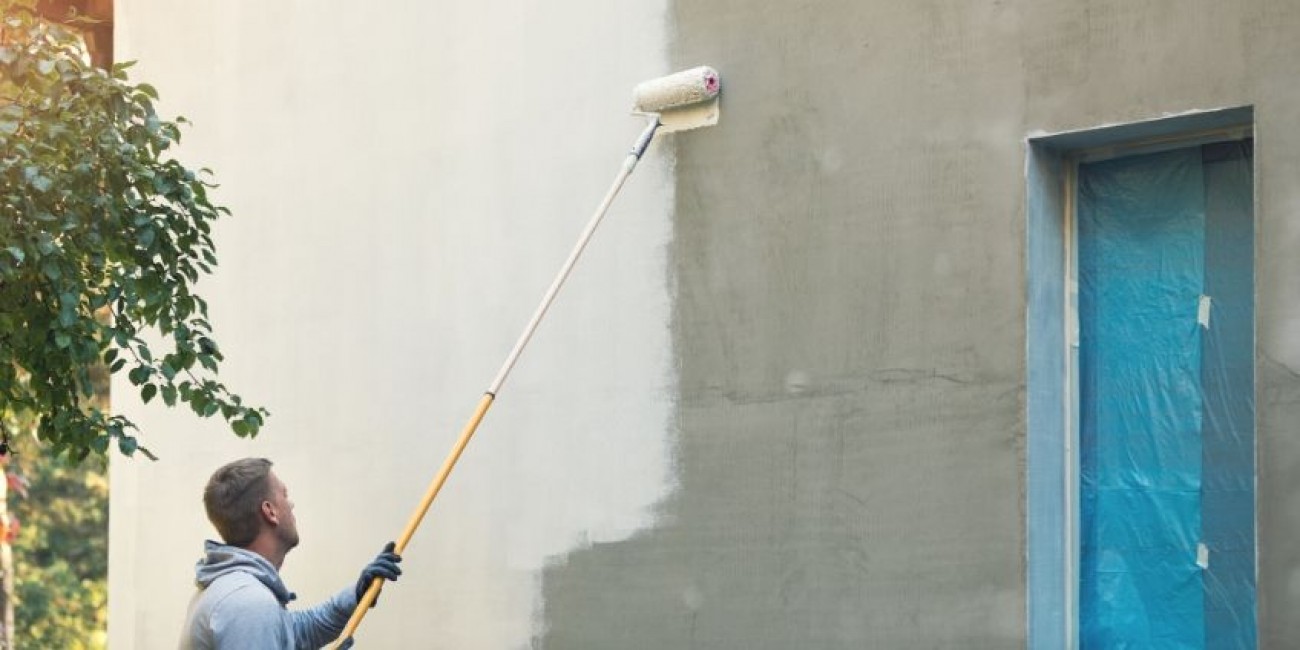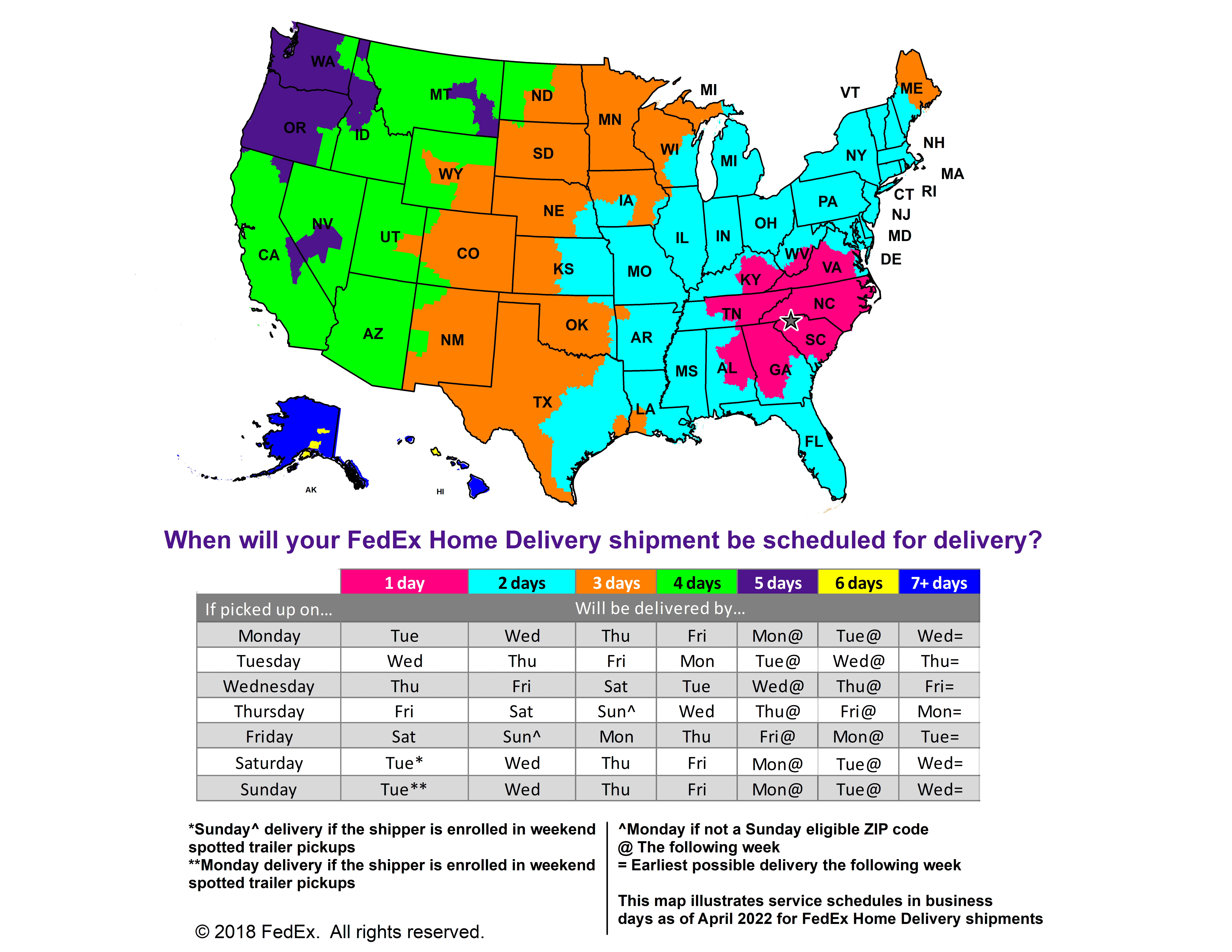The Different Types of Paint Primers

The priming step is one of the most important parts of any painting project. Without a solid bonding primer, your paint may chip, scratch, or fall apart more easily and sooner than it would with a primer. In the most basic sense, a primer is a paint without pigment—it lays the foundation for your paint job, enhancing the paint’s life and general appearance.
That said, some primers work better than others for particular projects, which created the need for different types of paint primers. Whether it’s for priming wood or drywall, these various types of primers give the best surface to complete your project. Take a look at the different types of paint primers ECOS Paints offers—come to us for health-focused paints and primers!
Wall Primer
Our wall primer is the ideal base for your drywall and plaster painting projects. It’s ideal for both interior and exterior walls, as well as ceilings. Unlike many other wall primers, ours is water-based, making it better for both you and the environment when compared to latex primers. Coming in either white or gray, this primer’s an ideal choice for various projects around the home.
Universal Primer
Our most popular primer is our universal primer and it’s another great choice for painting projects. It’s our strongest bonding primer and works on almost any surface. Like all ECOS products, this primer is water-based, solvent-free, and blocks pesky stains, such as rusted metal, water stains, and more. The universal primer is the preferred choice for bare iron and steel projects.
Air-Purifying Primer
Another great choice for your next project is our air-purifying primer, which is ideal for sealing interior or exterior materials prior to painting. If you’re especially concerned with things like VOCs and odors from your project, then this is the primer to use. It absorbs common VOCs like formaldehyde before they escape into the air. Pair this with our non-toxic* paints and you’ll be good to go for a healthy project!
Wood Primer
Ideal for your trim, furniture, and cabinet painting projects, our wood primer is strong-bonding—which is exactly what you need for these pieces. For example, if you decide to paint your wood floor, our wood primer provides a suitable bonding surface for the paint and adds an extra protective layer to the floor. This is especially important if your pieces are not waterproof or are made of porous materials—this primer seals and protects your space!
Stain Blocking Primer
The most effective primer for projects with gnarly stains, our stain blocking primer is still water-based and held to the same standards as our other products. Where our universal primer covers rusted metal and water stains, our stain blocking primer takes it further and covers many other “difficult to get rid of” stains. This primer will increase a surface’s durability—it’s the perfect pair for your next project!
Though there are other types of primer out there, those don’t put health at the forefront. Our primers are all water-based, and don’t contain a lot of those potentially harmful chemicals other conventional primers contain. Before you turn to a Latex-filled, oil-based primer, take a look at our selection! We want to make sure your project not only looks good, but helps you create a healthier home environment at the same time. Shop our selection of zero-VOC** primers, now!
If you can’t decide whether the color you’ve chosen for your project needs a primer, we can help. Head to our Do I Need a Primer page, where we provide a patterned paint card to test your sample. If the pattern shows, it’s time to prime.
* Conforms to ASTMD-4236, specifically concerning oral toxicity, skin irritation, and respiratory effects.
** Conforms to CDPH 01350 (VOC emissions test taken at 11, 12, & 14 days for classroom and office use).


























